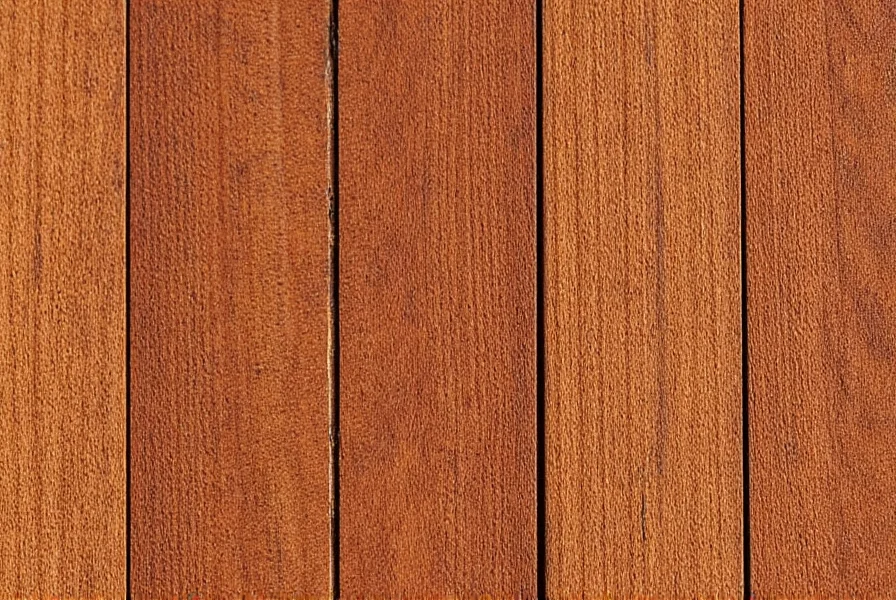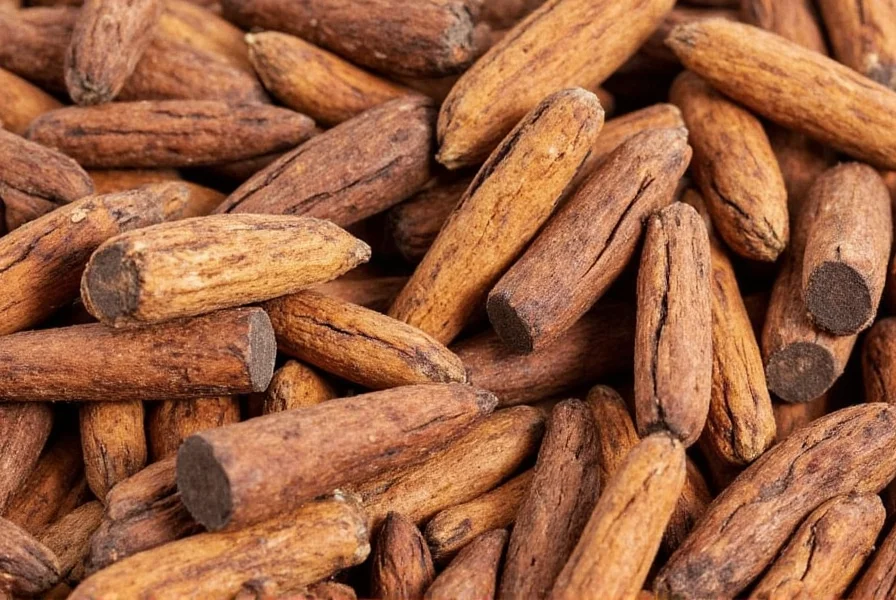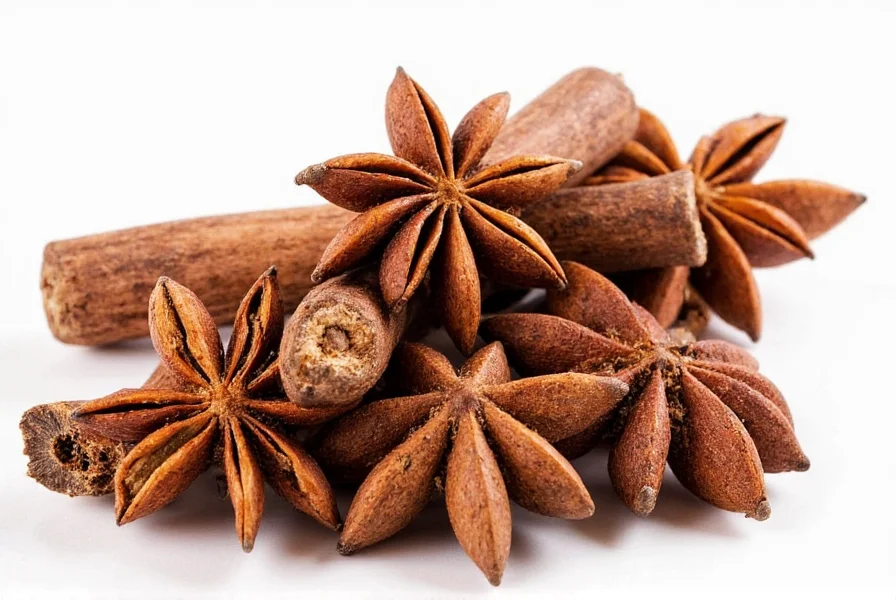Allspice wood, derived from the Pimenta dioica tree, represents a unique material in the world of specialty hardwoods. While most people recognize allspice as the aromatic spice blend resembling cinnamon, cloves, and nutmeg, fewer know that the same tree produces a distinctive wood with specific properties valued by artisans and woodworkers.
Botanical Background of Pimenta dioica
The allspice tree grows as an evergreen reaching 30-40 feet in height in its natural habitat. Indigenous to Jamaica, Cuba, Hispaniola, and parts of Central America, this myrtle family member produces both the unripe berries harvested for spice and the wood used in specialty applications. The tree's scientific name Pimenta dioica reflects its historical significance—"pimenta" comes from the Spanish word for pepper, while "dioica" refers to its dioecious nature (separate male and female plants).
| Property | Measurement | Comparison to Other Woods |
|---|---|---|
| Janka Hardness | 1,270 lbf (5,650 N) | Softer than teak (1,810 lbf), harder than black cherry (950 lbf) |
| Density | 45 lbs/ft³ (720 kg/m³) | Lighter than mahogany (50 lbs/ft³), heavier than pine (33 lbs/ft³) |
| Movement in Service | 0.163% radial, 0.298% tangential | More stable than oak, less stable than maple |
| Color | Reddish-brown with purple undertones | Distinct from true mahogany's deeper red tones |
Working Characteristics for Woodworkers
When evaluating allspice wood characteristics and uses, craftspeople note several important working properties. The wood generally machines well with both hand and power tools, though occasional interlocked grain may cause tearout during planing. Woodworkers report that allspice wood responds favorably to sharp cutting edges and appropriate feed rates. The material glues and finishes effectively, accepting stains and polishes to enhance its natural reddish tones.
Seasoning requires careful attention as allspice wood demonstrates moderate movement in service. Proper air-drying followed by kiln-drying produces the best results for woodworking applications. The wood contains natural oils that provide some resistance to decay and insect infestation, though not to the extent of more durable tropical species like teak or ipe.

Common Applications and Uses
Is allspice wood good for furniture making? The answer depends on the specific application. While not as structurally strong as oak or maple, allspice wood serves well for:
- Cabinet interiors and decorative panels
- Turned objects and small specialty items
- Wood carving projects requiring fine detail
- Veneer production for decorative surfaces
- Traditional Caribbean woodworking crafts
The wood's moderate density makes it unsuitable for heavy structural applications but ideal for decorative elements where its distinctive color and grain pattern can shine. In Jamaica and other Caribbean nations, artisans have historically used allspice wood for small furniture components, tool handles, and specialty items.
Sustainability Considerations
When examining the sustainability of allspice wood harvesting, several factors come into play. The International Union for Conservation of Nature (IUCN) does not currently list Pimenta dioica as threatened, but commercial harvesting faces limitations:
- Natural stands remain concentrated in specific Caribbean regions
- Commercial plantations are rare due to the tree's slow growth rate
- Most harvesting occurs as byproduct of spice production
- No major certification programs specifically track allspice wood
Woodworkers seeking sustainable alternatives might consider domestic species with similar working properties. The limited commercial availability of allspice wood means it rarely appears in mainstream lumber yards, making it primarily accessible through specialty suppliers or direct from Caribbean sources.
Comparing Allspice Wood to Similar Species
When woodworkers explore allspice tree wood versus other tropical hardwoods, several comparisons emerge. The wood shares visual similarities with:
- True mahogany - Allspice wood lacks the deeper red tones and superior stability of genuine mahogany
- Cherry - Both develop richer color with age, but cherry is harder and more widely available
- Lyptus - This engineered hybrid offers similar color but with greater density and consistency
Understanding these differences helps woodworkers select appropriate materials for specific projects. For small decorative items where color and workability matter most, allspice wood remains a distinctive option.

Finishing and Maintenance Recommendations
Proper finishing enhances allspice wood's natural beauty while protecting its surface. The wood accepts most finishes well, though its natural oils may affect adhesion of some water-based products. Recommended finishing approaches include:
- Pre-conditioning with sanding sealer before staining
- Using oil-based finishes for optimal penetration
- Applying multiple thin coats rather than thick applications
- Maintaining finished pieces with regular waxing
Woodworkers should avoid excessive moisture exposure as allspice wood demonstrates moderate dimensional stability. Properly finished pieces require minimal maintenance beyond regular dusting and occasional waxing to preserve the luster of the wood's surface.
Conclusion
Allspice wood represents a distinctive material with unique properties that appeal to specialty woodworkers and artisans. While not as commercially prevalent as other tropical hardwoods, its fine texture, attractive coloration, and moderate workability make it valuable for specific applications. Understanding the properties of allspice wood for woodworking helps craftspeople determine when this material offers the right combination of aesthetics and functionality for their projects. As with any specialty wood, proper sourcing, handling, and finishing techniques maximize the potential of this unique Caribbean resource.
Frequently Asked Questions
Is allspice wood the same as Jamaica allspice?
Yes, allspice wood comes exclusively from the Pimenta dioica tree, which is also known as Jamaica allspice or myrtle pepper. The wood and the spice both originate from this single species, with the berries used for spice and the wood harvested for specialty woodworking applications.
Can allspice wood be used for outdoor projects?
Allspice wood has moderate natural resistance to decay but isn't recommended for prolonged outdoor exposure without proper treatment. Its natural oils provide some protection against insects and decay, but it lacks the durability of woods like teak or ipe. For outdoor applications, allspice wood requires regular sealing and maintenance to prevent weathering and moisture damage.
How does allspice wood compare to true mahogany?
Allspice wood shares some visual similarities with true mahogany (Swietenia species) but differs in several key aspects. It's generally lighter in weight, softer, and less stable than genuine mahogany. While both woods feature reddish tones, allspice wood often shows more purple undertones and has a finer, straighter grain pattern. True mahogany also demonstrates superior workability and dimensional stability for fine furniture making.
Where can I purchase allspice wood for woodworking projects?
Allspice wood remains relatively uncommon in mainstream lumber markets. Specialty wood suppliers focusing on Caribbean or tropical species may carry it, particularly those serving the artisan and small-scale woodworking community. Some online retailers specializing in rare woods occasionally offer allspice wood, though availability varies significantly by season and region. Local Caribbean woodworking communities sometimes provide the most reliable access to this material.
Does working with allspice wood require special precautions?
Standard woodworking safety practices apply when working with allspice wood. While not considered highly toxic, some individuals may experience mild irritation from the dust. Using proper respiratory protection, eye protection, and dust collection systems follows standard woodworking safety protocols. The wood's moderate density means it generally machines without excessive kickback risk, but standard safety precautions for power tools remain essential.











 浙公网安备
33010002000092号
浙公网安备
33010002000092号 浙B2-20120091-4
浙B2-20120091-4